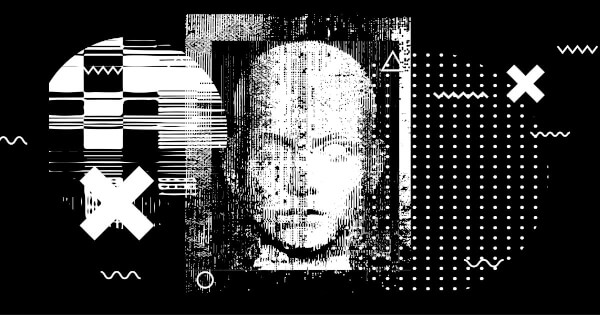
Source: blockchain.news
Introduction
In the realm of artificial intelligence (AI), the Generative Pretrained Transformer (GPT) has emerged as a game-changing language model. Powered by OpenAI, GPT has been instrumental in powering several natural language processing (NLP) applications, including the AI chatbot, ChatGPT.
What is GPT?
GPT, short for Generative Pretrained Transformer, is a machine learning model that generates text. It is pre-trained on a large amount of text data and then tuned to perform specific tasks. GPT’s transformer-based architecture allows it to manage long-range dependencies on text, making it a powerful tool in the NLP field.
The role of GPT in ChatGPT
ChatGPT, an AI chatbot, uses GPT technology to generate responses that closely resemble a human conversation. It learns from and evaluates deep learning models, allowing you to create text from data sets and provide human-like answers to user queries.
The training model for ChatGPT is known as reinforcement learning from human feedback (RLHF). In this model, humans simulate conversations with the AI, which then adjusts their responses based on how closely they reflect natural human dialogue. This iterative process helps ChatGPT to improve its understanding of user queries over time.
The evolution of GPT-3.5 to GPT-4
GPT-4 is “the most advanced OpenAI system, producing safer and more useful responses,” which is a substantial leap from GPT-3.5, showing improvements in accuracy, reasoning skills, and the ability to handle long dialogs. While GPT-3.5 works like a text-to-text model, GPT-4 works like a data-to-text model. This distinction allows GPT-4 to handle not only text but also visual inputs, thus expanding its range of application.
In terms of creative production, GPT-4 has shown greater consistency and creativity when generating stories, poems, or essays. It has also demonstrated a better understanding of complex mathematical and scientific concepts, making it a valuable tool for handling specialized or technical content.
Despite its impressive capabilities, GPT, as used in ChatGPT, has its limitations. These include: difficulty in dontext understanding, limited knowledge, algorithmic biases, training data constraints, uneven factual accuracy.
Conclusion
GPT plays a crucial role in driving AI technologies like ChatGPT. It helps generate text from data sets and provides answers to user queries in a way that closely resembles a human conversation. While it has limitations, the potential of GPT to revolutionize our interaction with machines is immense. As technology continues to evolve, the future possibilities for GPT and similar models are truly exciting.
Image Source: Shutterstock
Read More at blockchain.news